Countermeasures of Frost in Refrigerator
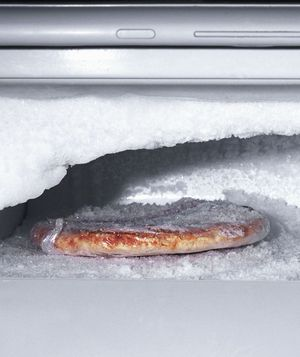
Creating a cozy summer home that serves as a peaceful retreat requires careful selection of appliances that enhance comfort without compromising on style or efficiency. At Appliances 4 Less Little Rock, we cater to residents in Little Rock, Benton, Conway, and Pine Bluff with an array of open box, scratch, and dented appliances that are perfect for elevating your summer living. Here’s our guide to the essential appliances for a cozy summer home.
In the fast-paced modern life, the refrigerator has long become an indispensable food guardian for the family. It operates silently to lock in the freshness and nutrition of ingredients for us. However, when the freezer is opened, what comes into view is a thick layer of frost. This scene must have caused many people a headache. Frost not only occupies precious storage space, makes the originally spacious freezer cramped, but also consumes power in the refrigerator, affects the cooling effect, and threatens the preservation of food. Don’t worry, today we dive into how to deal with frost in your refrigerator’s freezer from a scientific perspective.
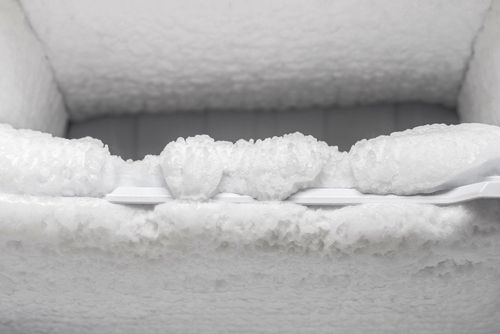
1、 Defrosting work
(1). Power outage safety and protection
Before defrosting the freezer, be sure to unplug the power plug of the refrigerator, or accurately find and turn off the corresponding circuit switch, completely cut off the power supply from the root, and eliminate the hidden danger of electric shock, especially to prevent the water stains generated during the defrosting process from splashing live components and causing a short circuit. When operating, be sure to ensure that your hands are completely dry and stay away from water sources and metal objects. For the sake of insurance, it is best to wear insulating gloves to ensure all-round operation safety.
(2). Empty the freezer
Empty the freezer thoroughly before defrosting. Remove all food, ice boxes, and storage boxes without falling to the ground. Easy-to-thaw ingredients, such as meat, ice cream, etc., should be properly stored in incubators or ice packs to prevent cross-contamination and deterioration. Carefully check every gap in the drawer and partition, and don’t let go of any small objects. After emptying, do not close the cabinet door immediately, let the room temperature act naturally, accelerate the softening of the ice layer, and provide sufficient space for subsequent cleaning, greatly improving the defrosting efficiency.
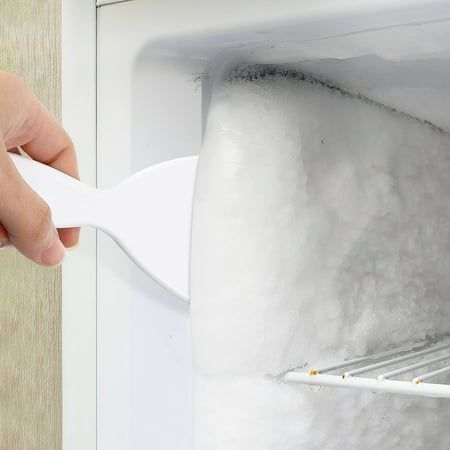
2、Defrosting method
(1). Hot water defrosting
①. Defrosting principle
Hot water defrosting takes advantage of the high efficiency of heat transfer. Use the high-temperature steam generated by hot water to increase the internal temperature of the refrigerator and melt the frost layer to achieve defrost.
②. Operation steps
Several bowls of hot water at 50 to 60 degrees, put it into the freezer evenly and steadily, and close the door quickly to allow the heat to diffuse and accelerate the melting of the frost. Every ten minutes or so, carefully change into new hot water to ensure the effect of hot air. Be sure to strictly control the water temperature during operation to prevent excessive water temperature from scalding the refrigerator and quickly disintegrating the frost.
(2). Hair dryer defrosting:
①. Defrosting principle
Hair dryer defrost is flexible and efficient. Choose the low temperature gear and blow the frost. The hot air of the hair dryer is like a precise arrow, directly hitting the key of the frost and making it melt quickly.
②. Precautions for operation
During the blowing process, an appropriate distance should be used to avoid damage to the refrigerator caused by excessive local temperature. At the same time, use a towel to dry the melted ice water in time to prevent the water from other places. The hair dryer has fast defrost speed and high efficiency, which is suitable for use in situations where time is relatively tight.
(3). Defrosting with special defrosting agent
①. Defrosting principle
There are specialized refrigerator defrosters on the market that contain special chemicals that quickly soften frost and make it easier to fall off.
②. Operation method
According to the instructions, spray the defroster evenly on the frost, and after waiting for a period of time, the frost will gradually soften and fall off. After defrosting with defroster, clean the freezer with clean water to remove residual chemicals. The special defrosting agent is convenient, fast and effective, and is a relatively labor-saving defrosting method.
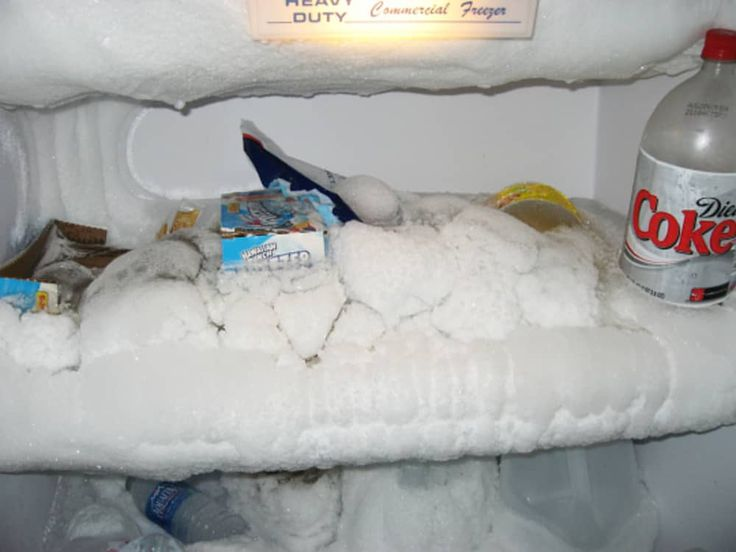
3、Daily prevention
(1) .Opening and time
Every time you open the refrigerator door, the cold air will be lost rapidly, and the hot air from the outside world will also take the opportunity to accelerate the condensation of water vapor. Therefore, it is necessary to strictly control the opening of the door, and never open the door unless necessary. When opening the door to pick up and place food, it must be done cleanly and quickly, so as to shorten the opening time to the greatest extent.
(2). Sealing strip inspection and maintenance
Sealing strips are essential to prevent the leakage of cold air and the intrusion of hot air. To check, once found aging, cracking or deformation of the seal strip, immediately replace. In daily use, avoid placing any heavy and sharp objects on the seal strip to prevent it from being damaged.
(3). Food classification and packaging
Fine food classification and packaging. Put food into the freezer after sorting and packaging. Vegetables and fruits that are prone to water vapor are sealed with plastic wrap or bags. Meat is divided into small pieces and packaged in fresh-keeping boxes or bags. It is convenient to use and at the same time, water vapor is emitted and thawed.
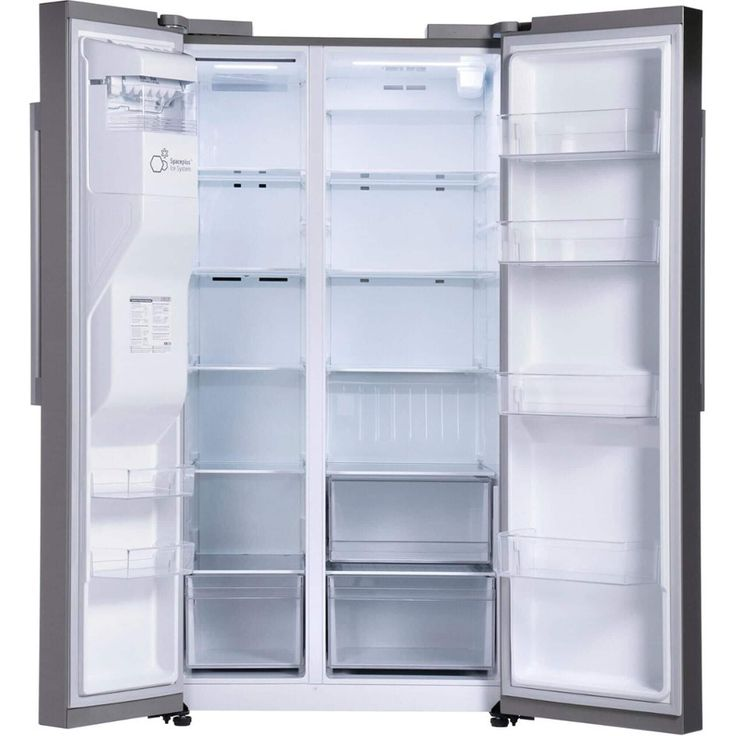
Conclusion
Although frosting in the freezer of the refrigerator is only a small problem, it can be easily solved as long as we have scientific countermeasures. Let us use wisdom and patience to disperse the frost for the loyal “food guardian” of the refrigerator, so that it can continue to play an important role in our lives and bring more convenience and beauty to our home life.

